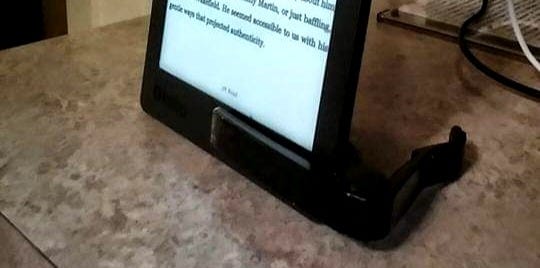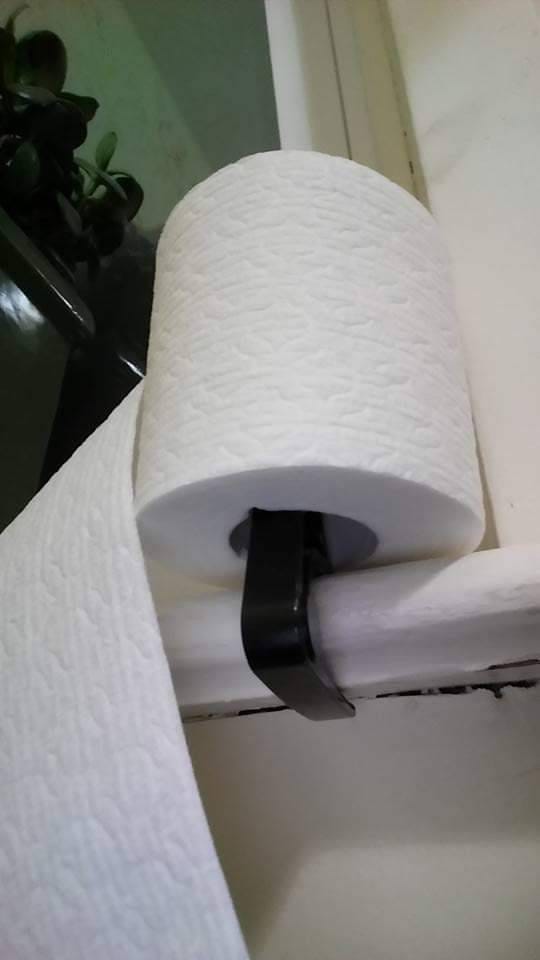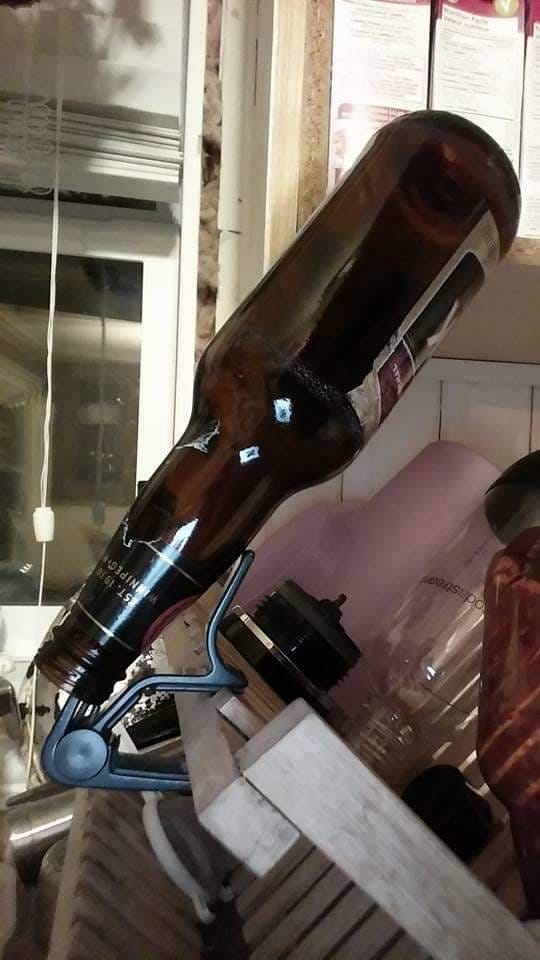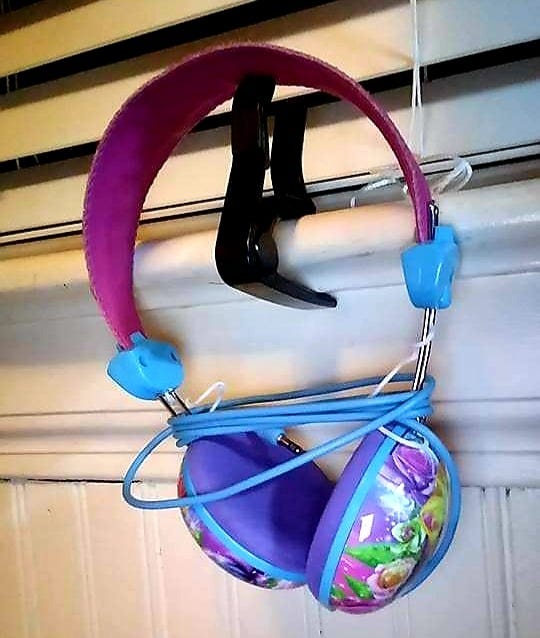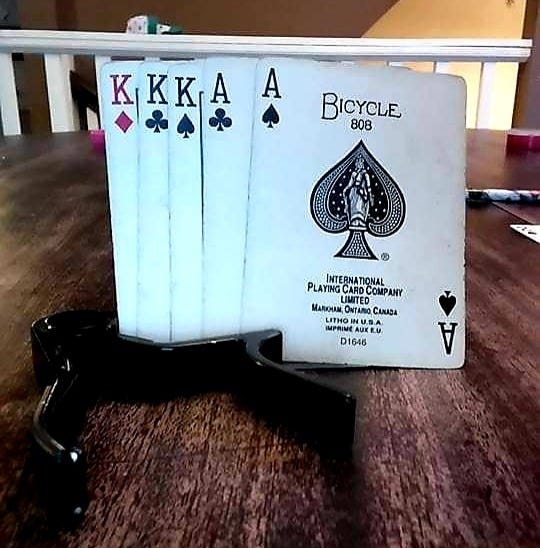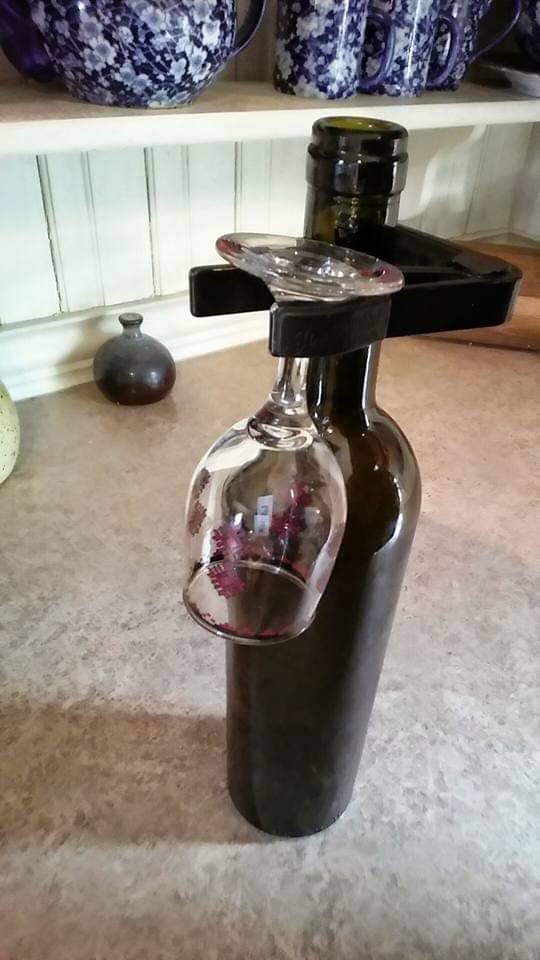Capos - a Crutch for Unskilled Guitarists or God’s Gift to Peoplekind?
by Ken Hiebert
This is an interesting question, and one that often evokes strong emotions from two main segments of the guitar-playing population.
One is the self-proclaimed “purist” who would never think of defiling himself with such an obvious tool of the inexperienced. This person rigidly believes that if the tune was written in F#, then it must be played in that key regardless of any inconvenience that may result.
The other person who exhibits strong feelings about capos is the guy who tells you that he’s never gone a day without using a capo and if you’re not using one, then you’re obviously totally out of touch with reality and need to spend some time in the real world, where all you need are three chords and the truth.
As always, the actual truth lies somewhere in the middle. Now, if you have to make the band stop and wait for you to move your capo, then perhaps you could put a bit more effort in. If all you know are three chords and you think that knowing how to use a capo is going to get you that gig with the Cool Daddy Jazz Trio you’re trying out for on Friday night, then you could definitely do yourself a huge favour by learning a few more chords, including (perhaps) a couple of barre chords.
Having said that, there are some sounds you will never get without a capo. This is especially true in the world of fingerstyle guitar, where open strings are king. I’ve been playing for well over 35 years and I’ve been using a capo when necessary (and sometime just because I feel like it) since I started. In fact, when I was a kid I made my own with a pen and a rubber band, kinda like this one:
Now, I don’t actually NEED a capo for most things, and I could probably play almost any chord you could name without one, but for some things a capo is a very useful (and I would probably go so far as to say, indispensable) tool. For instance, try playing “Dust in the Wind" in C# without one. I can’t, and that’s one of the first tunes I learned (well alright, maybe I could do it, but I’d probably rather go get that filling I’ve been putting off for a month.) Give me a capo though and I can play it in whatever key you want - without hesitation. One reason you would need to do that is to match the key that the vocalist wants (contrary to popular belief, it’s not all about you).
Sometimes, I’ll put a capo on some random fret and play something I’ve played for years without one and it takes on a whole different feel. Barre chords are great, but nothing rings like open strings. This is where a capo really shines (in my opinion).
While effortlessly changing keys is probably the main reason one would use a capo (like, who would want to play something in Bb when you could put a capo on the third fret and play it in G?), there are also some cool tricks one could do with a capo.
One of my faves is to capo only the top 5 strings at the second fret and leave the 6th string open. This basically mimics a Dropped D tuning without actually changing the tuning at all, and it allows you to play chords with a 6th string root the same as you would without a capo. Pretty cool…
Of course, in this day of “life hacks” there are many other uses for a capo as well that may not be so obvious to the casual observer of life, and if you’ve read this far then undoubtedly you’ll want to be aware of them, so here they are in no particular order:
#1. A handy stand for your tablet so you can continue playing guitar while you’re reading this blog.
#2. A solid toilet paper holder that can be placed anywhere without booking off all of Saturday morning with a less-than-professional install.
#3. Never have those freshly washed bottles tumble off your drip rack again with this portable bottle dryer.
#4. A perfect way to organize your expensive electronic equipment.
#5. A card holder for those late night poker games when you still want to be able to sing Kenny Rogers songs while taking your buddies for everything they own.
#6. The perfect end to a perfect day of playing the only three chords you know in 12 different positions on the neck.
So, I hope by now I’ve convinced you that what you really want is at least a small collection of capos (and believe me, there are LOTS to choose from) to help you navigate the uncertain terrain of scary key signatures and mundane life experiences. I’ve always got one easily accessible and I encourage all my students to get one as well. If you know of any other uses for a capo, you can let me know and I’ll add it to the list.
For now, let me just leave you with this:








